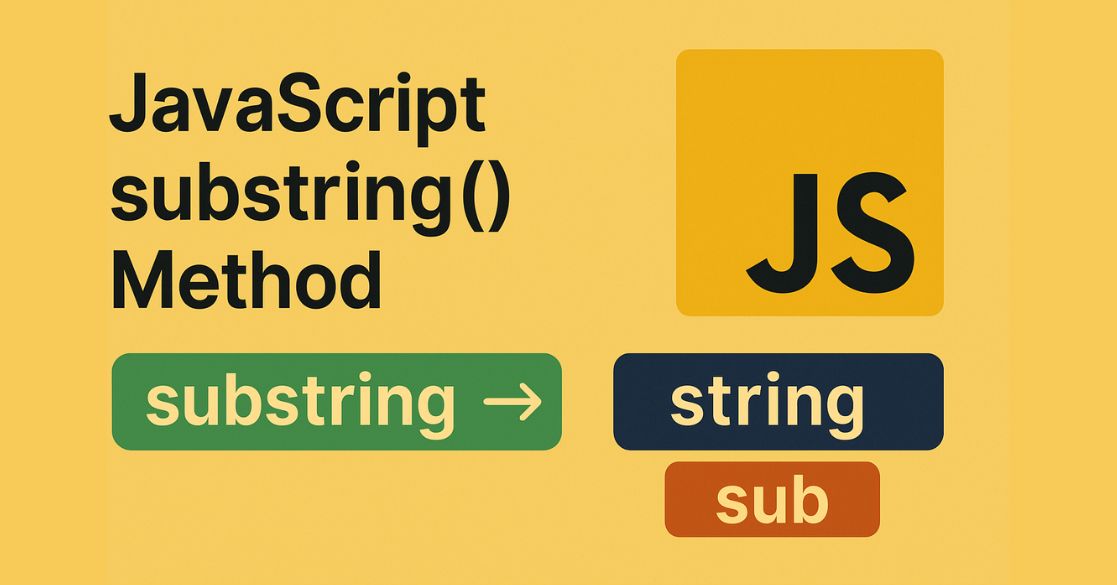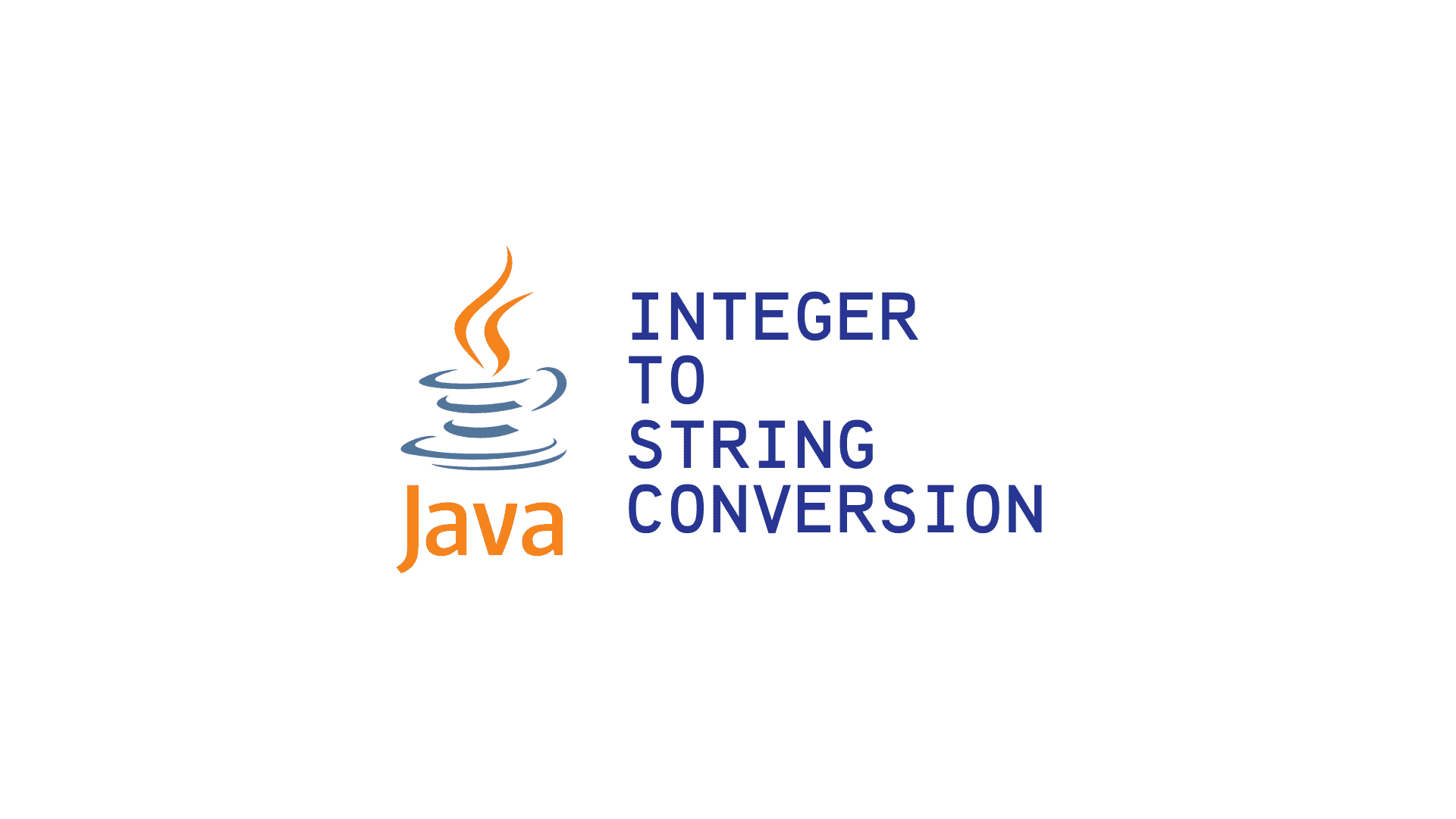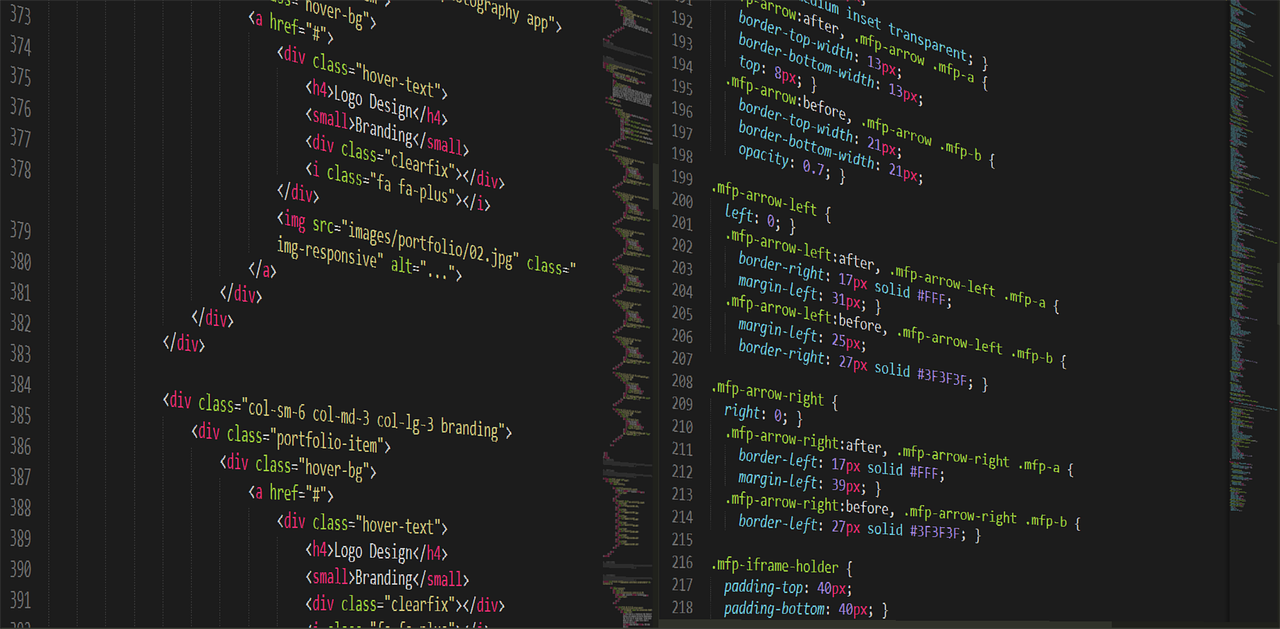It may be a perception of users that JavaScript is some kind of version of Java that is developed for some special purpose, and to some extent, it seems true also because the word "Java '' is used commonly in their name. Therefore, it's natural that anyone can think like this, but this is not the reality.
Both programming languages share one common thing in their name: the word "Java." The main reason behind the inclusion of the word "Java" while naming the script language JavaScript was to encash the popularity of the Java programming language that was at its peak at the time the JavaScript was being developed.
Both the languages, Java and JavaScript, are different from each other in terms of their origin, aim, working, uses, etc. JavaScript and Java, both programming languages, have nothing to do with each other.
Name-wise, both the languages look similar, but they are entirely different when we talk about their functions. Keeping this in mind, we will look at the differences between the two.
Learn Java the right way! Our course teaches you essential programming skills, from coding basics to complex projects, setting you up for success in the tech industry.
Difference Between Java And JavaScript
In this section, we will look at the difference between Java and Javascript based on various factors.
Aim
Java
The aim of the Java programming language was to present it as a part of a research project for the development of advanced software that can be used further for different types of network devices and embedded systems.
The main intention of developing Java was to develop a small, reliable, portable, distributed, real-time operating platform.
JavaScript
The main aim behind the development of JavaScript was to turn the web into a full-blown application platform and add interactivity to a website. In addition, when it is used together with their LiveWire application server product, it would enable identical development, with the same language used on both client and server.
Development
Java
The main brain behind the development of Java is James Gosling, often referred to as "Dr. Java." He is a Canadian computer scientist and is best known as the founder and lead designer of the Java programming language. Java was developed at Sun Microsystems, and it was released in May 1995 as a core component of Sun Microsystems' Java platform. At present, Java 18 is the latest version available on the Java platform, which was released in March 2022.
The original and reference implementations such as Java compilers, virtual machines, and class libraries were originally released by Sun Microsystems under proprietary licences.
Also read: What are Java Operators? Types, Examples and more
JavaScript
The main credit for the invention of such a powerful programming language goes to Brendan Eich, a Netscape programmer, co-founder of the Mozilla Foundation, the Mozilla Foundation, and the Mozilla Corporation.
JavaScript was invented in September 1995 at Netscape Communications Corporation (originally Mosaic Communications Corporation), an American independent computer services company.
It was developed initially for Netscape 2 and then became the ECMA-262 standard in 1997. When Netscape handed over JavaScript to ECMA (European Computer Manufacturers Association), the Mozilla foundation continued to develop JavaScript for the Firefox browser.
The first edition, ES1 ECMAScript 1, of the Javascript, was released in 1997. JavaScript was originally called ECMAScript. Since then, ECMAScript versions have been abbreviated to ES1, ES2, ES3, ES5, and ES6, and then since 2016, manufacturing years have been added to its name, and the new versions are known as ECMAScript 2016 / 2017 / 2018. The latest version, ECMAScript 2022, of JavaScript is likely to be released in June 2022.
To get hands-on experience with JavaScript, check out our collection of JavaScript project ideas.
Language
Java
Java is a widely used object-oriented programming language that is high-level and class-based. It is designed in such a manner that it has lesser implementation dependencies.
Java language is strongly typed. In this language, it is mandatory to declare variables before using them in the program.
It is developed as a general-purpose programming language to offer WORA (write once, run anywhere) to the programmers, meaning that, once Java code is written and compiled, thereafter, it can be run on all platforms that support Java, and there is no need to recompile it.
Also Read: Java Interview Questions and Answers for Freshers and Experienced in 2022
JavaScript
JavaScript is an object-oriented, high-level, often just-in-time compiled programming language that meets the ECMAScript standard. It provides dynamic typing and first-class functions.
JavaScript language is loosely typed, and its syntax and rules are quite relaxed.
It is a multi-tasking supporting functional, event-driven, and imperative programming style. The application programming interfaces (APIs) of the JavaScript language provide help for working with text, dates, regular expressions, standard data structures, and the Document Object Model (DOM).
File Extension
Java
The Java program uses the file extension".Java," and its function is to translate source code into bytecode, and then this bytecode is executed by JVM (Java Virtual Machine).
JavaScript
In JavaScript, the name of the extension file is ".js," and this file is interpreted but not compiled. JavaScript interpreter is available in every browser to execute JavaScript code at compile time.
Features
Java
1. Platform Independent:
It means that Java compiled code (byte code) can be run on any operating system. In Java, the compiler converts source code to bytecode and then this byte code is executed by JVM (Java Virtual Machine) and can be run on any platform.
Read in Detail: Why is Java Platform Independent?
2. Object-Oriented Programming Language
The short form of Object-Oriented Programming is OOP. In object-oriented programming, objects are created in which both data and methods are contained. Each represents an instance of the class. The four pillars of the OOPs concept are as follows:
- Abstraction
- Encapsulation
- Inheritance
- Polymorphism
It provides the following advantages to the user:
- OOP is fast in its operations and is easier to execute
- The structure for the programs is clear
- Code can be maintained, modified and debugged easily
- It is possible to create fully reusable applications using less code and shorter development time
3. Simple
Java is a simple language because it doesn't contain complex features like operator overloading, pointers, multiple inheritances, and explicit memory allocation.
4. Robust
Java is known as a robust, in other words, reliable language. It is developed in such a manner that it is competent enough to check errors as early as possible while comparing to the other languages, and that is the reason why the java compiler is so effective to detect even those errors that are difficult for other programming languages.
5. Secure Language
The following reasons make Java a secured programming language:
Java programs operate inside a virtual machine which is known as a Java sandbox. It is an essential component of security consideration. Applets run in this restricted area. Java provides system resources only after it is checked if an applet is to be run.
Java Virtual Machine plays an important role to ensure security. It verifies the byte-code. It provides guarantees of safe operations.
The code fragments for illegal code that can violate access rights to objects are verified by a byte-code verifier.
Java does not support explicit pointers, therefore, the possibility of accessing out-of-bound arrays is negligible.
6. Distributed
Distributed applications can be created using the java programming language. In Java, to create distributed applications, Remote Method Invocation and Enterprise Java Beans are used.
7. Multithreading
It is an important feature of Java that authorises concurrent execution of two or more sections of a program for maximum utilisation of the CPU.
8. Java is cheap and economical to maintain
Developing and maintaining the cost of the Java programs is cheap because these programs are dependent on a specific hardware infrastructure to run. Java programs can be easily executed on any computer system and that's why extra maintenance cost is reduced.
9. Java provides Automatic Garbage Collection
In Java, the function of JVM (Java Virtual Machine) is to manage memory automatically. Whenever it is clear that the objects are not going to be utilised by programs anymore and there are no instructions by the explicit program for their dereferenced or removal then in this case Java automatically removes the unused objects using the automatic Garbage Collection process.
JavaScript
The features of JavaScript are mentioned below:
1. Object-Centred Script Language
As JavaScript has a window object, therefore, Object Centred Language features are built into the object. JavaScript and Visual Basic are some common examples of Object Centred languages. The object-centred languages are utilised for features like Polymorphism which is an ability to take an object in many forms. Polymorphism is used within object-oriented programming when there is a need to represent the reference of the parent class to an object of a child class.
2. Client Edge Technology
Here the client is a term particularly used for Web Browser in respect of User. A client uploads data on the server that is, later on, used by the web user in the rendered form. For surfing and interacting purposes on the websites, the user gets access to the client.
In JavaScript, the client edge technology enables the client to have full control over the content which is being updated on servers.
3. Validation of User’s Input
It is also known as form validation. It allows users to interact with clients by filling out forms through web pages. Details in the form need to be filled in correctly. The purpose of Form Validation is to help the client to validate the details filled by the user.
4. Interpreter Centered
JavaScript is an Interpreter Centered language where to get the output there is no need for a compiler. The input by the user gets rendered directly without the compiling of codes.
5. Ability to Perform In Build Function
There are many inbuilt functions in JavaScript, like Number (), parseFloat (), isNAN (), parseInt () etc. The function of isNAN () is to identify that the input object is the correct number format. The parseFloat () function is used for the conversion of the object into a number. The use of the function parseInt () is to analyse strings.
6. Case Sensitive Format
Being a case sensitive language, keywords, identifiers, functions name and variables must be written with a consistent capitalization of letters.
A set of rules for writing JavaScript programs or codes are defined in JavaScript like many other programming languages. One of the rules is using the correct capitalization for naming keywords, identifiers, functions, and variables and it is to be followed strictly. It means that if a variable named "John" is created and while giving the printing command, if John is typed as john then no output will be generated, and an error will be generated.
7. Handling Events
JavaScript can control operations updated on servers. It controls the response on the website at the time the user tries to perform any operation the server handles by the client like clicking on links and options and interactions.
8. Making Website Dynamic
JavaScript was created in the first place for the manipulation of DOM (Document Object Model), a programming interface for web documents. The purpose of bringing JavaScript into existence was to make websites dynamic which was static earlier.
9. Function
Functions in JavaScript are object types. They contain properties and methods just like another object. It is possible to pass them as arguments in other functions.
10. Management of date and time is possible.
Applications
Java
The Java programming language is spread over a wide area. Statistics show that around 3 billion devices run Java. To help programmers to develop applications, Java provides a rich and wide range of APIs (Application Programming Interface). Java enables programmers to develop different applications for different purposes. Java technology can be used for the development of the following applications:
- Mobile App Development
- Desktop GUI Applications
- Web-based Applications
- Gaming Applications
- Big Data Technologies
- Distributed Applications
- Cloud-based Applications
- IoT Applications
JavaScript
Being a lightweight object-oriented programming language it is used by several websites for web page scripting. It is an interpreted and full-fledged programming language. The following are the applications of Javascript:
- Web application
- Web development
- Mobile application
- Game
- Presentations
- Web servers
- Client-side validation
- Displaying date and time
- For validation of the user input before form submission
- Open and close new windows
- To display dialogue boxes and pop-up windows
- To change the appearance of HTML documents
- To create the forms that respond to user input without accessing the server
Also Read: Top 90+ JavaScript Interview Questions for 2022
Limitations
Java
Before learning or working on any programming language, it is a good practice to understand its strengths and weaknesses so that its best things can be utilized properly and any circumstances that portray the bad side of the language can be avoided effectively. Java has some limitations that should be known before starting to use it. Let's discuss it in the succeeding paragraphs:
1. Java is slow and gives poor performance
Java consumes a lot of memory for its operation and runs significantly slower in comparison with other native languages such as C or C++ because each code is interpreted to the machine-level code. The reason behind its slow performance is the extra level of compilation and abstraction by the JVM (Java Virtual Machine). In addition, garbage also plays a role in its poor performance as it consumes more CPU time.
2. Java Doesn't Provide Attractive Look And Feels Of The GUI (Graphical User Interface)
Java, despite having many GUI builders for the creation of the graphical interface, is not suited for creating complicated UI. Users face many inconsistencies while using them.
Many popular frameworks such as Swing, SWT, JavaFX, and JSF are in Java for creating GUI, but they are not mature enough for developing a complex UI. Additional research might be required to choose a suitable one of them.
3. No Backup Facility In Java
While working Java mainly concentrates on storage, backup of data is not its priority. This is considered a major drawback, and due to this, users lose interest in it, and it loses ratings among them.
4. Verbose And Complex Codes
The codes in Java are verbose, meaning a lot of words in it and its long and complex sentences are difficult to read and understand. Code becomes difficult to read.
Java focuses on being more manageable, but due to its overly complex codes and long explanations for each thing, it has to compromise somewhat.
JavaScript
1. Client-Side Security
Since JavaScript executes on the client-side, therefore there is a chance of exploitation of bugs and oversights for malicious purposes. That is the reason why some people choose to disable JavaScript completely.
2. Browser Support
Though server-side scripts always generate the same output, there are many instances when different browsers interpret JavaScript code differently. However, nowadays, the differences are negligible, and not to worry about it as long as the script is tested on all main browsers.
3. Lack of Debugging Facility
Debugging supported by HTML editors is not as efficient as other editors like C/C++ editors. It is difficult for the developer to detect the problem as no errors are shown by the browser.
4. Single Inheritance
JavaScript provides support only to single inheritance, not to multiple inheritances. However, this characteristic may be required in some programs.
5. Sluggish Bitwise Function
In JavaScript, a number is stored as a 64-bit floating-point number, and operators operate on 32-bit bitwise operands.
So, here conversion of a number takes place, such as from 32 bits to 64 bits and back. This process is necessary for operators to work. A lot of time is consumed in the conversion of a number to an integer. This increases the runtime of the script and thus results in its reduced speed.
6. Rendering Stopped
The rendering of the entire JavaScript code on the website can stop due to a single code error. It might look to the user that JavaScript is not present. However, the browsers are extremely tolerant of these errors.
Conclusion
In this article, we have gone through many aspects of both these languages. During this, we have learned about their aim, development, function, features, limitations, etc. I am sure that this article on Difference Between Java And JavaScript will give you confidence, and you will be able to evaluate Java and JavaScript well.
Java and JavaScript, both languages, have their own merits and demerits, and that is dependent on the conditions in which they are used. So, whenever you are required to choose one of them from a career perspective, we are sure that you will make a wise decision.
Adding core values on top practice Javascript Compiler Tool.






